Christmas, a holiday treasured by many around the world, boasts myriad traditions that contribute to the magical atmosphere of the season. One such tradition is the furnishing and decoration of the Christmas tree. Across the world, each region has its own unique customs when it comes to their Christmas tree, and Scandinavia is no exception. Our journey begins with understanding the historic origins and cultural significance of the Scandinavian Christmas tree. This will furnish us with the deeper associations behind its anticipated appearance every festive season. Furthermore, this exploration will weave through the distinctive decorations that these trees proudly bear, and then guide you through the process of creating a Scandinavian Christmas tree within the comfort of your own home. We conclude by delving into the crucial topic of environmental impact and sustainability of Christmas trees, informed by the Scandinavian shift towards eco-friendly practices.

History of the Scandinavian Christmas Tree
Scandinavian Christmas Tree Origins
The tradition of the Christmas tree has roots in Northern European pre-Christian eras, long before the spread of Christianity. Ancient Norse, Baltic and Celtic tribes revered the evergreen tree, associating it with eternal life and the winter solstice. The symbolism persisted, and with the advent of Christianity, it gradually assumed new meanings. From the 16th century onward, the trend of bringing an evergreen tree into the home and decorating it started to take root in Germany, spreading to Scandinavia by the 19th century.
Cultural Significance
In Scandinavian cultures, the Christmas tree holds significant cultural importance. For instance, to commemorate Saint Lucia’s Day on December 13 in Sweden, a procession of women dressed in white gowns, adorned with silver belts and red sashes, and wearing crowns or wreaths of candles on their heads, occurs in many towns and villages. Such processions often entail the decoration of an evergreen tree. The tree, too, symbolizes the light overcoming the darkness, an important theme of the winter solstice.
Traditional Scandinavian Tree Decorations
Traditional decorations on Scandinavian Christmas trees often involve simple yet elegant elements. Small Danish flags, straw ornaments, wooden figures, and heart-shaped paper baskets known as ‘julekurver’ feature prominently in Denmark. In Sweden, “gävlebocken,” or the Gävle Goat, a giant effigy made of straw, holds a special place in Swedish Christmas tradition. Norwegian Christmas trees might be adorned with Norwegian flags, straw ornaments, and paper heart baskets similar to their Danish counterparts.

Scandinavian Christmas Tree Rituals
The illumination of the Christmas tree is a sacred ritual in Scandinavia, typically occurring on Christmas Eve. Families gather to partake in ‘dans rundt juletræet,’ or ‘dance around the Christmas tree.’ This tradition involves holding hands and moving in a circle around the tree while singing Christmas carols. Notably, in Norway and Sweden, practitioners often place presents under the tree, opening them after dinner on Christmas Eve, while Danes might wait until Christmas Day.
Modern Tradition Variation
In modern times, while the symbolic and cultural importance of the Christmas tree in Scandinavian culture remains intact, the ways in which they’re decorated can differ greatly from family to family. Many now use a mix of traditional elements, homemade ornaments, and shop-bought decorations. Additionally, artificial trees are also increasingly becoming common, though real spruce or pine trees are still prevalent due to their traditional significance and the invigorating, fresh scent they bring into the home during the holiday season.

Embracing Sustainability in Christmas Celebrations
In response to growing environmental concerns, Scandinavia has taken a proactive step by promoting a sustainable culture around Christmas trees. A practice gaining popularity is the rental of living Christmas trees; these trees can be returned and replanted after the holiday season, curbing waste and contributing to carbon offset efforts. This innovative approach reiterates the deeply rooted values of respect for nature so intrinsic to the Scandinavian culture.
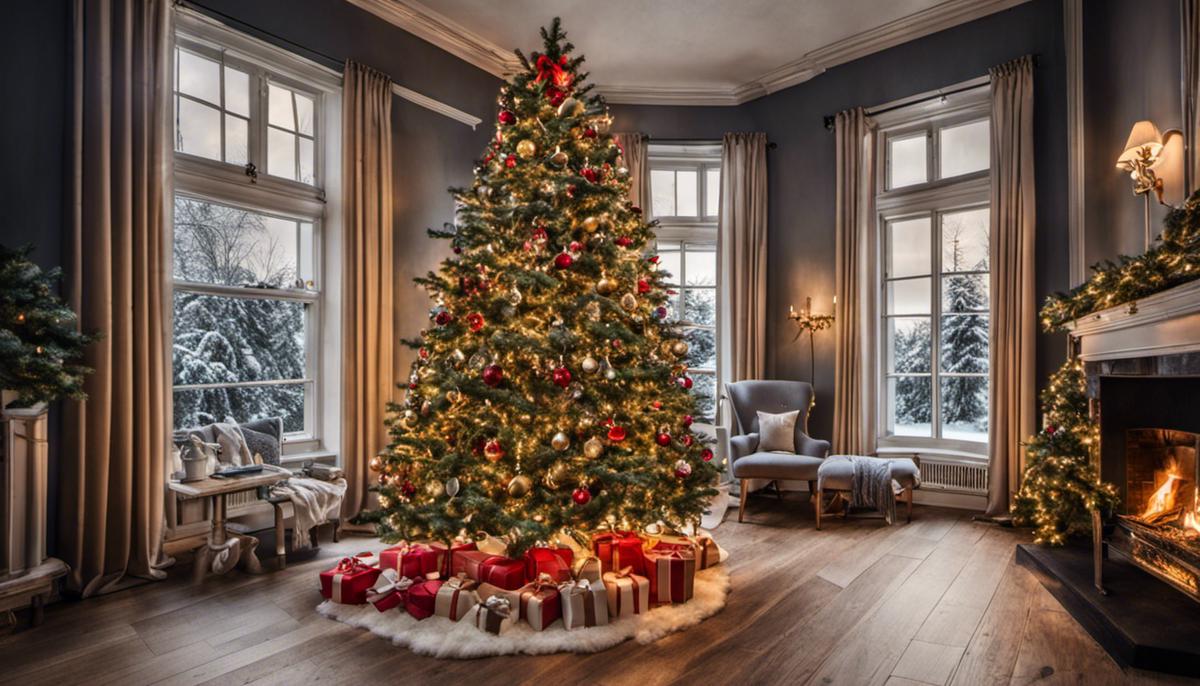
Scandinavian Christmas Tree Decorations
The Charm of Traditional Scandinavian Christmas Tree Decorations
Scandinavia takes pride in its unique Christmas tree decorations, with deep roots in traditional folklore. Key elements of a quintessential Scandinavian tree include pine cones, straw ornaments like the Julbock, or Christmas Goat, and Halmkransar, or Straw Wreaths. Straw, a token of good fortune and prosperity, is intricately crafted into various shapes and figures– from animals and stars, to hearts. These decorations carry powerful symbolic representations, embodying the people’s hopes for abundance in the year to come.
Modern Scandinavian Christmas Tree Decorations
The modern Scandinavian Christmas tree embraces a minimalistic look, focusing on simplicity and functionality. Instead of ostentatiously glittering baubles and tinsel, you’re more likely to find a Scandinavian Christmas tree adorned with simple decorations made from materials like wood, ceramic, and glass. The predominant color scheme revolves around white, often accompanied by natural colors such as brown and green, and occasionally punctuated by bursts of red. Many modern decorations also incorporate Nordic design patterns and motifs that reflect Scandinavian heritage and landscape.

Ornaments
Ornaments are a significant element of Scandinavian Christmas Tree decorations. Traditional ornaments include hand-crafted felt hearts, wooden apples, or small gingerbread cookies. Modern interpretations would involve minimalist shapes such as stars and spheres crafted from a neutral palette of ceramics or light wood.
Lights
Lighting plays a crucial role in Scandinavian Christmas Tree decorations. The long, dark Nordic winters have historically necessitated brightness and cheer during the festive season. Originally, real candles were used, but today, Scandinavian Christmas trees are adorned with white string lights, sometimes coupled with paper lanterns or star-shaped lamps. These lights not only illuminate the Christmas tree but also contribute to the warm and cozy atmosphere, or ‘Hygge,’ a Danish word capturing the essence of Scandinavian comfort and contentment during winter.

Symbolism
In the Scandinavian culture, Christmas tree decorations are not just about aesthetic appeal; they also carry profound symbolism. For instance, the straw goat or Julbock is an old Scandinavian Yule symbol predating Christian times, symbolizing the hope for the sun’s return. Decorations made out of natural elements and the heavy use of light in decoration are reflections of the importance of nature in Scandinavian cultures and their way of combating the long, harsh winters. Even the minimalist style that defines modern Scandinavian Christmas decorations reflects their cultural values of simplicity and functionality.
An Introduction
The Scandinavian Christmas tree represents more than just holiday decoration; it’s a symbol of a culture that deeply values nature and seamlessly blends tradition with modern aesthetics. Serving as a beacon of hope and joy during the chilly winter nights, it is indeed a significant element of the festive season.
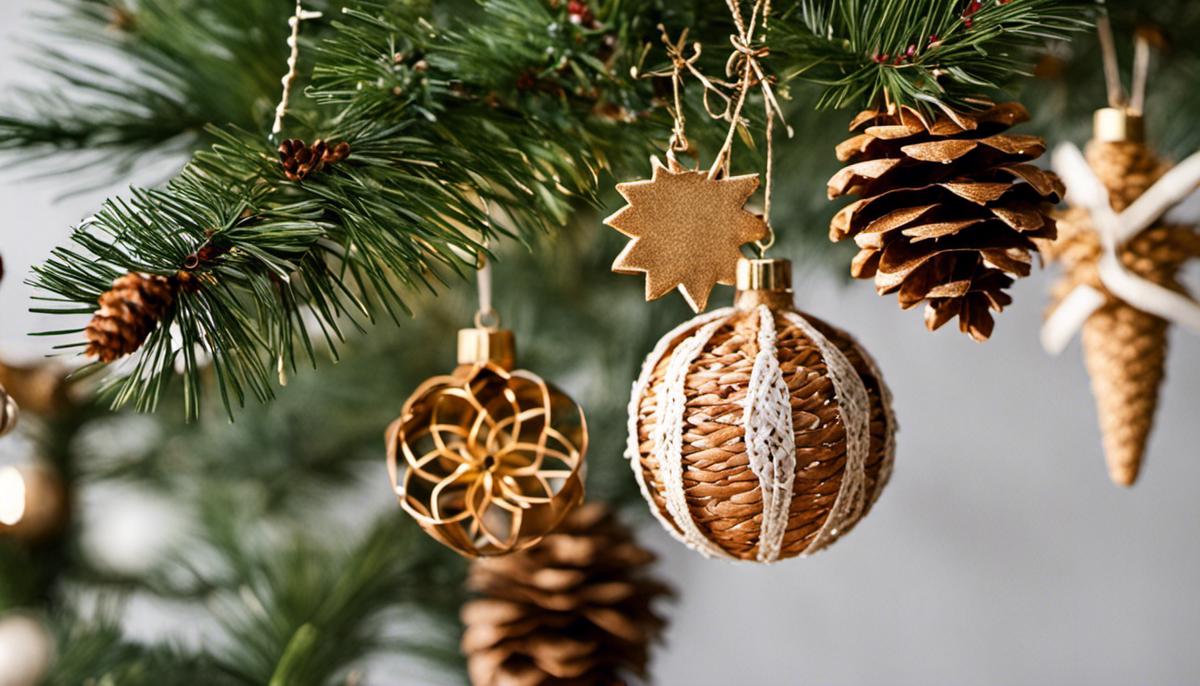
Creating Your Own Scandinavian Christmas Tree
Selection of the Perfect Tree
If you wish to create your own Scandinavian-style Christmas tree, the initial step is selecting the right kind of tree. Traditional Scandinavian Christmas trees are typically spruces – particularly the Norway spruce, thanks to its plentiful presence in the region and sturdy branches that can easily bear the weight of decorations. Nonetheless, the Nordmann fir, with its luxurious foliage and excellent needle retention, can be an equally appealing choice. Ultimately, the tree you choose is contingent upon personal tastes and what’s available in your locality.
Decorating with Simplicity
Scandinavian Christmas décor is known for its simplicity and natural elements. When decorating your tree, it’s advisable to stick to a color palette of white, red, silver, and wood tones to achieve the desired Scandinavian aesthetic. Glass, wood, and felt ornaments are the most common ornaments used. The decorations themselves are usually patterns or objects found commonly in nature, like hearts, stars, snowflakes, pinecones, and animals.
Adding Light and Warmth
Lights play a crucial role in creating a Scandinavian Christmas tree. The Scandinavian countries have extremely short days during the winter, so light becomes an important element in their Christmas decorations. Warm white lights are a popular choice to mimic the warmth of a real candle. Some also choose to add real candles on their trees, but this practice requires utmost caution.
Natural Touches
Adding elements from nature is a key component of a Scandinavian Christmas tree. You can incorporate pinecones, dried fruit, and twigs into your decorations. A garland made from red and white popcorn or cranberries can incorporate traditional colors and nature into your tree.
Swedish Straw Ornaments
Swedish straw ornaments are a prominent feature on Scandinavian Christmas trees. They are traditionally made from wheat straw and come in various shapes such as goats, hearts, and stars. These ornaments are not only decorative but also carry a symbolism of wishing for a prosperous harvest in the coming year.
Tree Skirt or Basket
A traditional Scandinavian Christmas tree is usually placed in a basket instead of relying on a tree skirt. This not only adds to the rustic charm but also provides a unique way to stand your tree. If you choose to use a tree skirt, opt for a simple one in red or white.
Minimalistic Approach
Scandinavian design is all about minimalism and functionality. Avoid the temptation to overcrowd your tree with ornaments. The beauty of this design lies in its understated elegance and the balance it strikes between nature and cozy elements.
As you begin your enjoyable journey of constructing a Scandinavian Christmas tree, bear in mind the key principles of Scandinavian design: simplicity, light, the embrace of nature, and functionality. Your Scandinavian Christmas tree should reflect these values above all else.
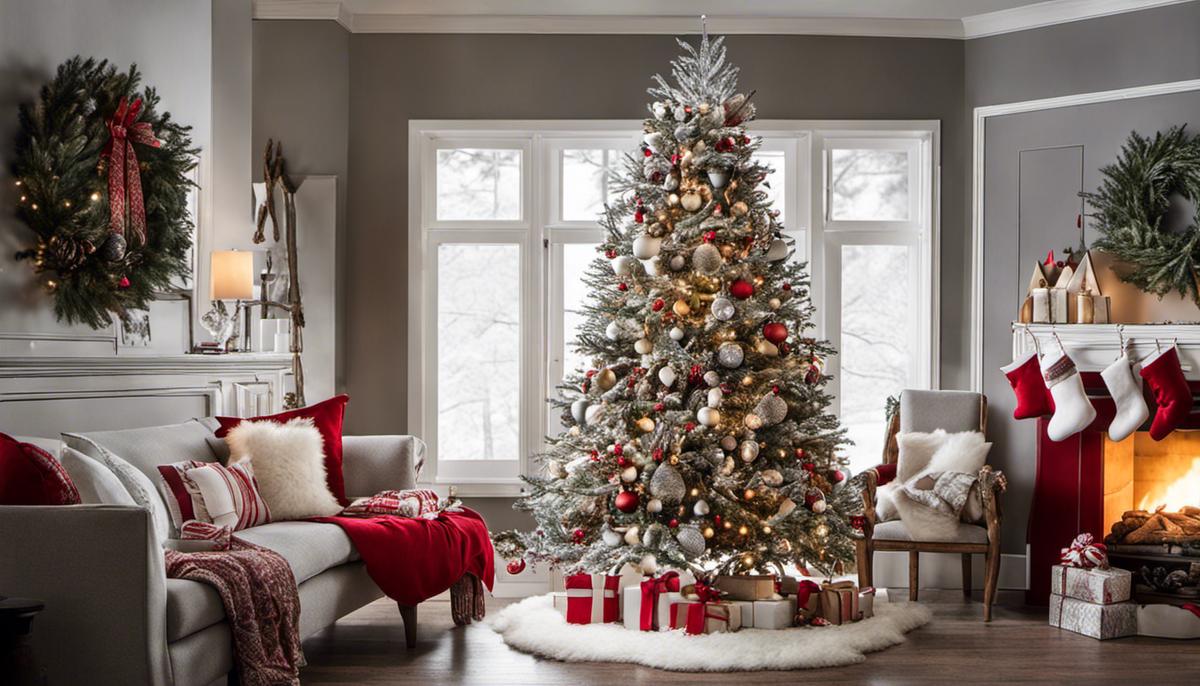
Environmental Impact and Sustainability
The Environmental Considerations of Scandinavian Christmas Tree Traditions
In Scandinavian cultures, the Christmas tree holds a central role in holiday festivities, prevalent particularly in Norway, Sweden, Denmark, Iceland, and Finland. Interestingly, this tradition has entwined itself with a significant regard for environmental preservation, a direct reflection of these countries’ leadership in sustainability initiatives. However, environmental concerns are beginning to reshape these time-honored practices.
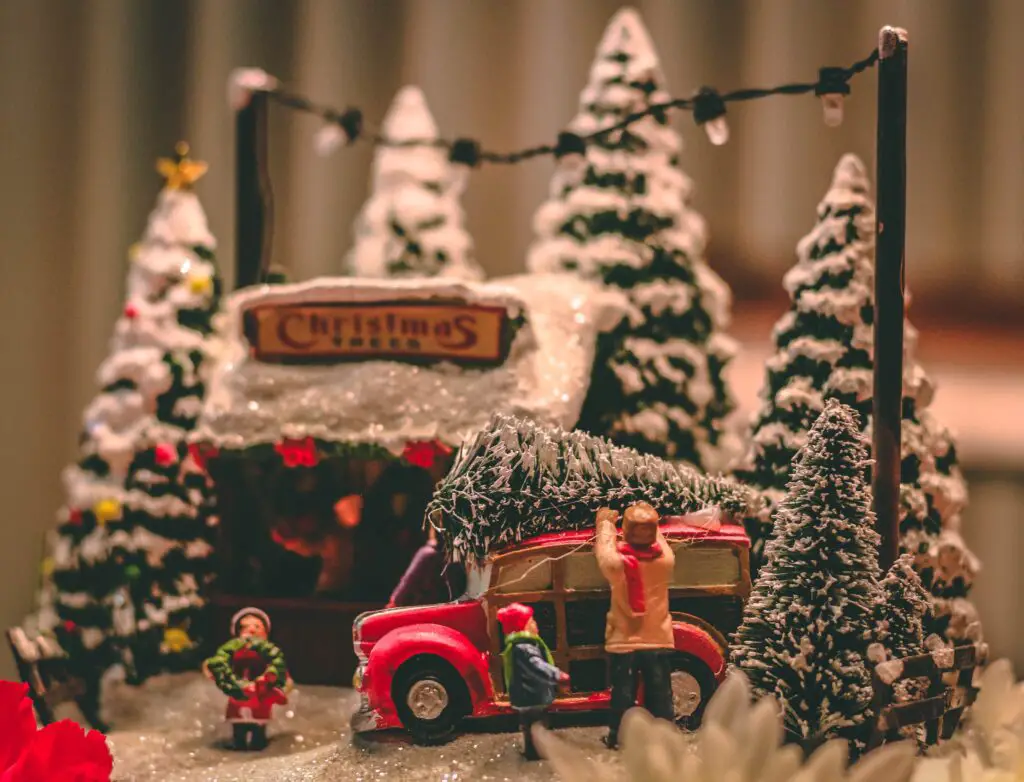
The Scandinavian preference traditionally inclines towards real Christmas trees owing to the region’s wealth of Northern European forests and the cherished family tradition of selecting and cutting down the Christmas tree. However, this practice involves an inherent environmental cost. Raising a Christmas tree to a suitable height for display in a typical home can take up to 10 years. This practice may contribute to deforestation, disrupt local habitats, and could potentially affect the health of soil due to persistent single-crop farming.
Eco-friendly Alternatives and Sustainable Practices
A significant shift in Scandinavian Christmas tree practices has been towards potted, live trees. These offer a sustainable alternative to cut trees as they can be reused every year, reducing deforestation. Furthermore, after these trees have grown too large for indoor use, they can be transferred to the garden or donated to reforestation programs. Organically grown trees are becoming more prevalent too, being grown without the use of synthetic pesticides and fertilizers.
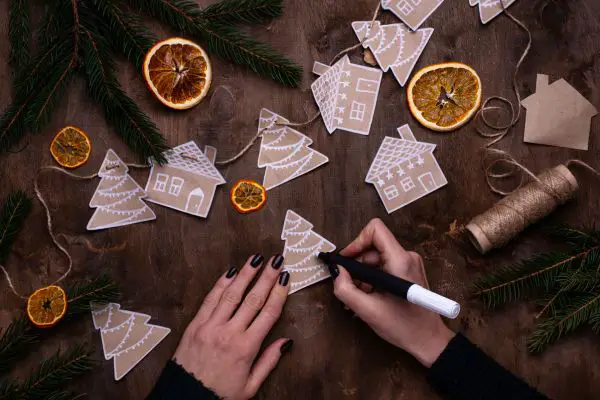
In addition to this, rental tree services have taken root in Scandinavia. Rental tree services provide consumers with a live, potted tree which is returned and replanted after Christmas. This eliminates the waste associated with cut trees and helps offset carbon emissions as these trees continue growing, absorbing CO2.
Recycling and Biodegradable Options
Recycling is another common practice in Scandinavia that adds to sustainability. Many locales have services to recycle Christmas trees, turning them into compost or wood chips, thus reducing landfill overload.
There has also been a rise in popularity of biodegradable artificial Christmas trees in Scandinavia. These are made from natural or recycled materials and break down more readily after use. These alternatives offer a festive appearance with a smaller environmental impact, aligning with Scandinavian values.
To sum up, a notable shift has occurred in Scandinavia towards less harmful, more sustainable Christmas tree options. From transitioning to living, potted trees, renting instead of buying to innovatively recycling, Scandinavia continues to make ecological considerations an integral part of their Christmas tree traditions.
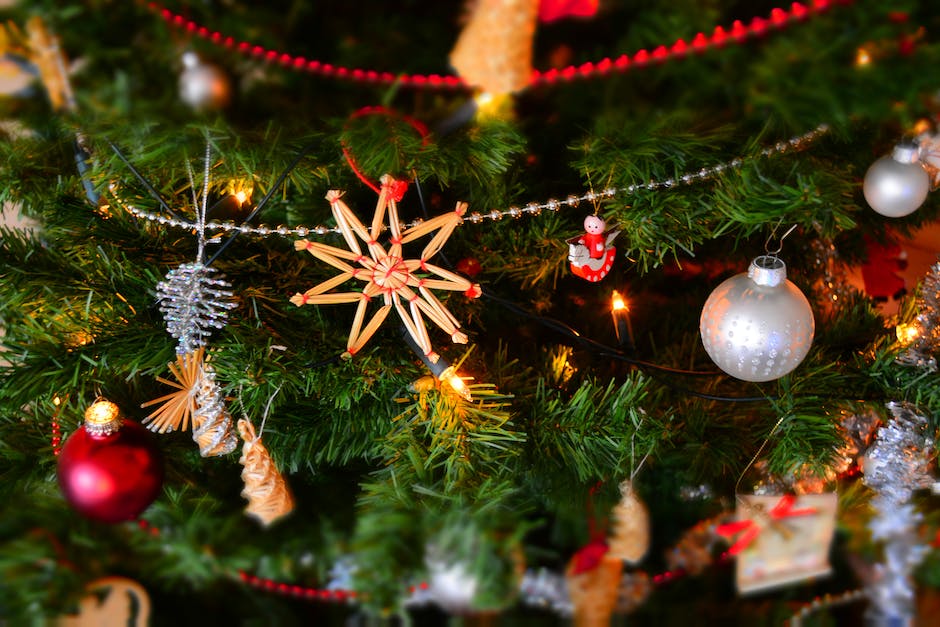
Our tour of the Scandinavian Christmas tree, from its historical conception through its modern adaptations, has demonstrated this tradition’s diverse and rich cultural significance to the people of Scandinavia. Moreover, the vast assortment of unique and symbolic decorations shared throughout, have hopefully inspired their incorporation in your own festive celebrations. Finally, the prudent thought given by Scandinavians towards the environmental implications of Christmas tree traditions underscores the progressive and responsible stance many Scandinavian countries adopt. From the shift to live potted trees, to other sustainable practices, these adjustments remind us that the love and respect for nature at the heart of these Christmas tree traditions can ensure the continued vibrancy of this beautiful practice for generations to come.

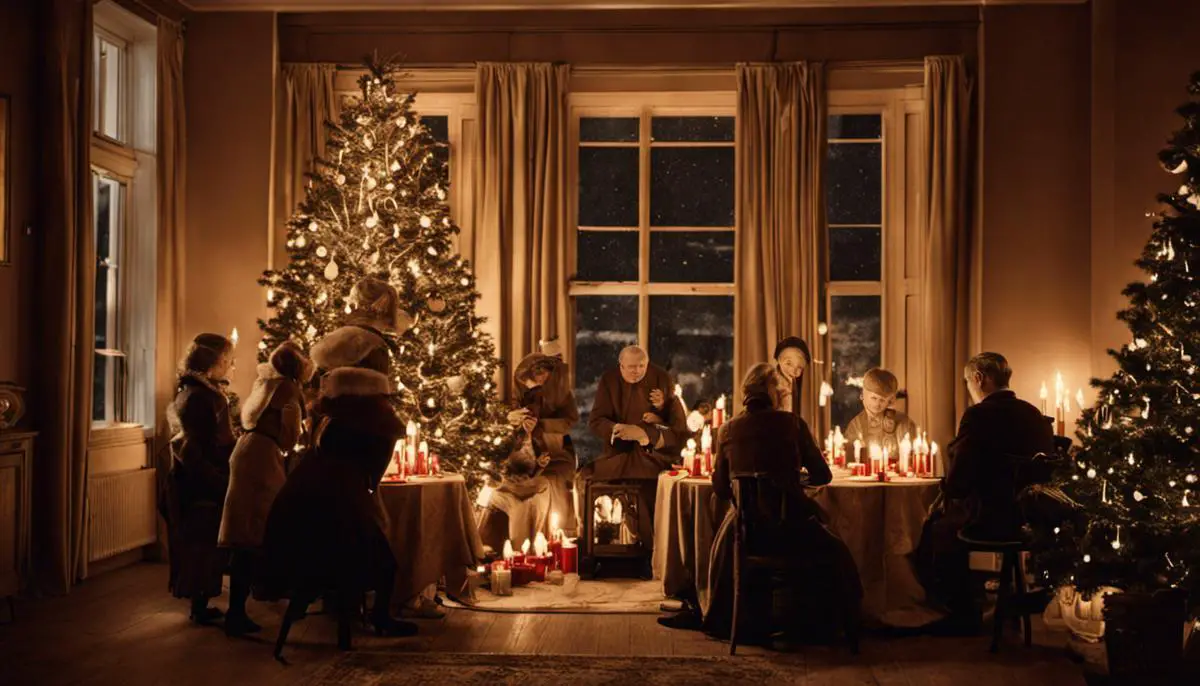
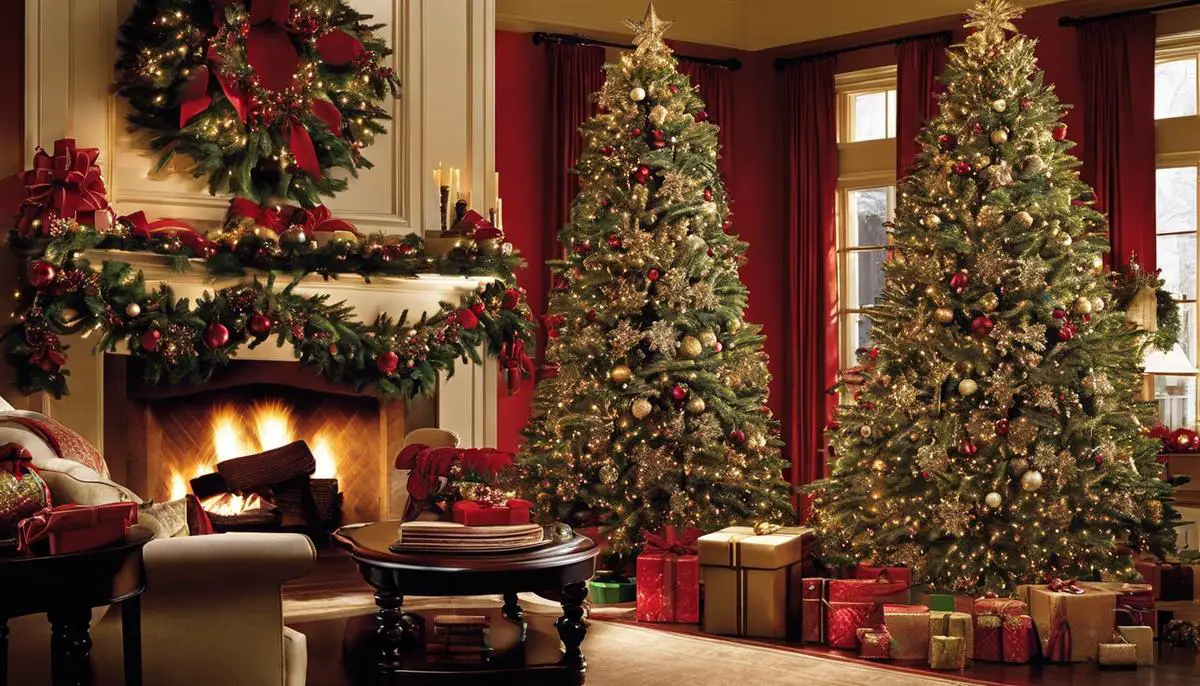
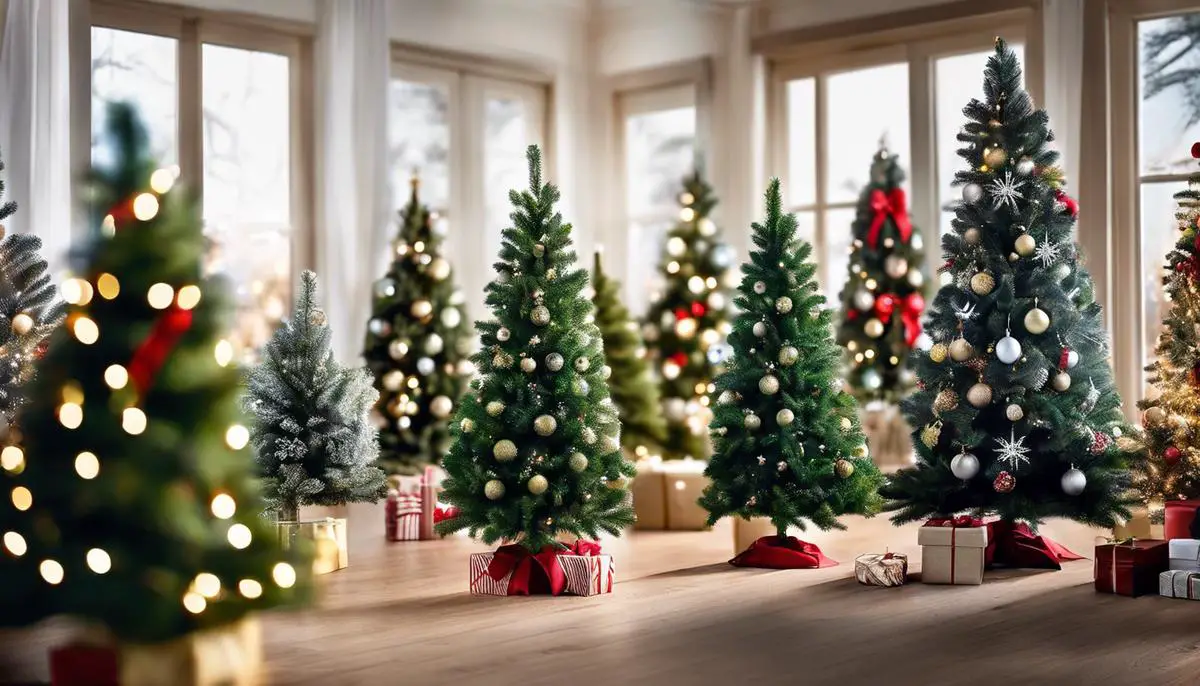
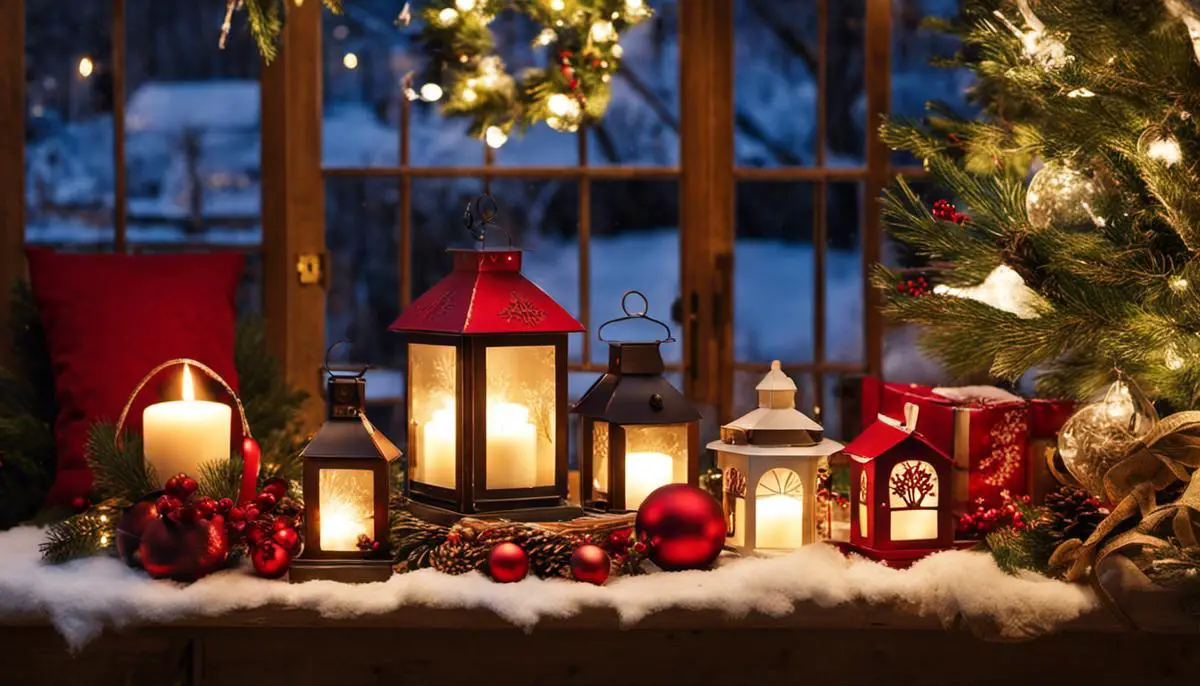
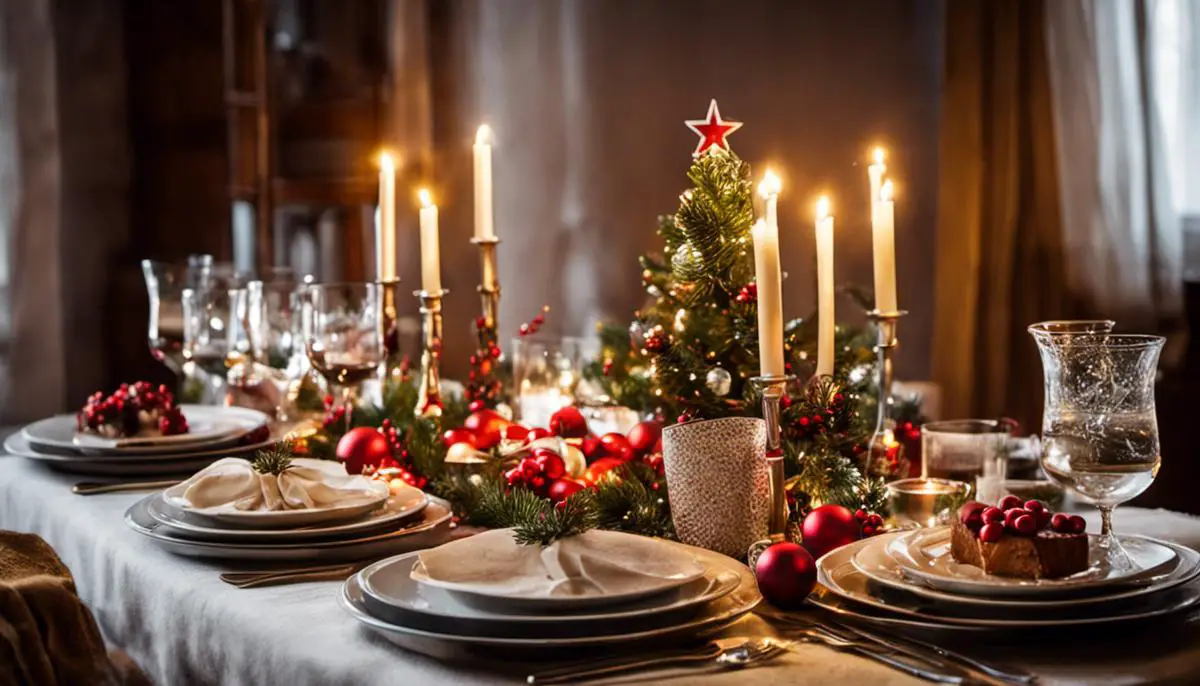
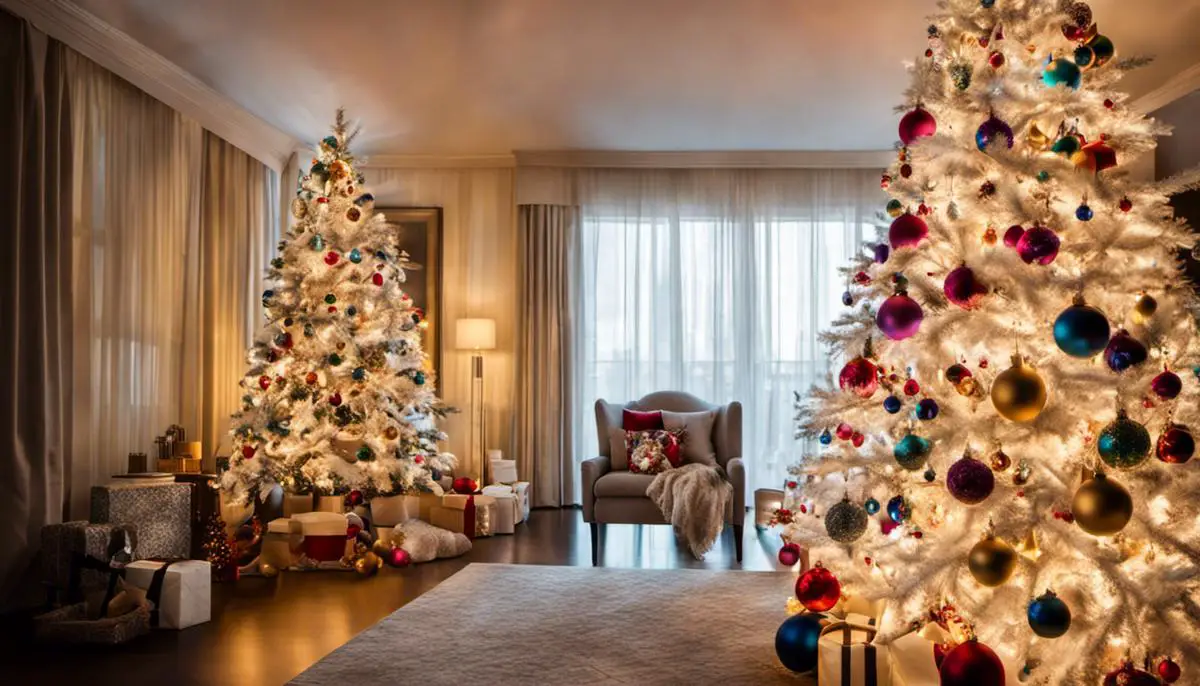
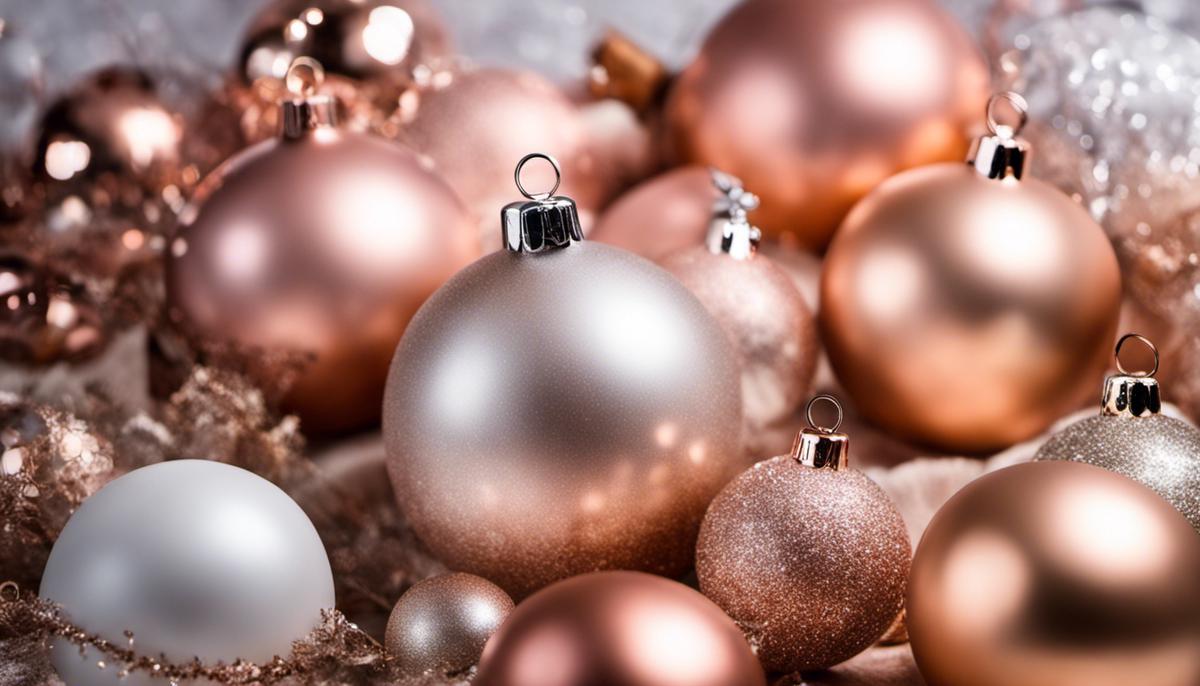

Leave a Reply